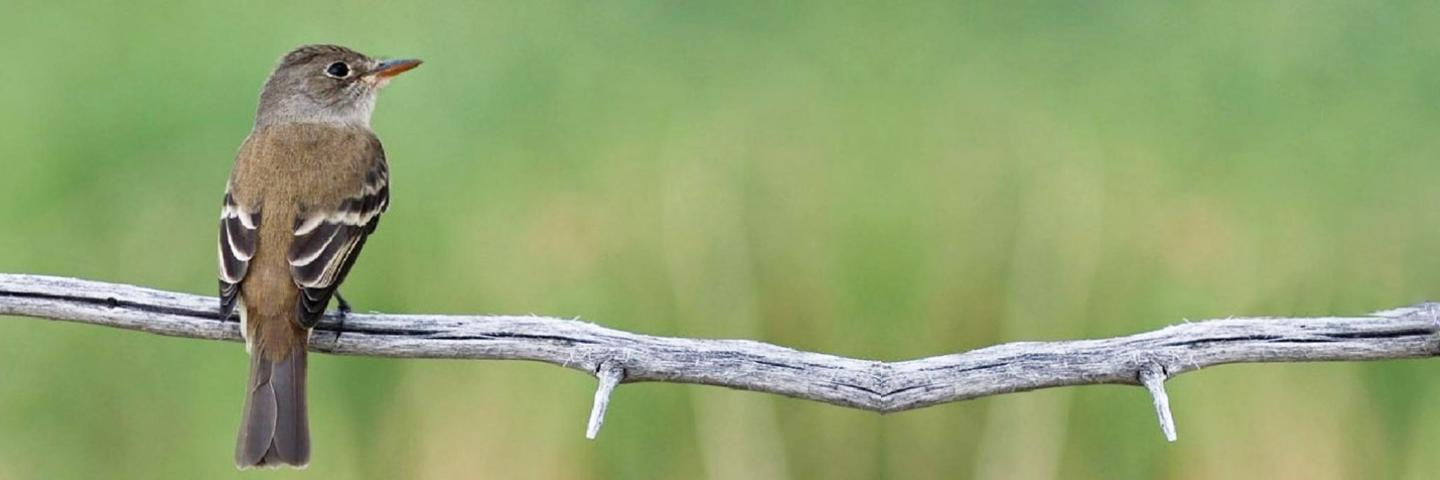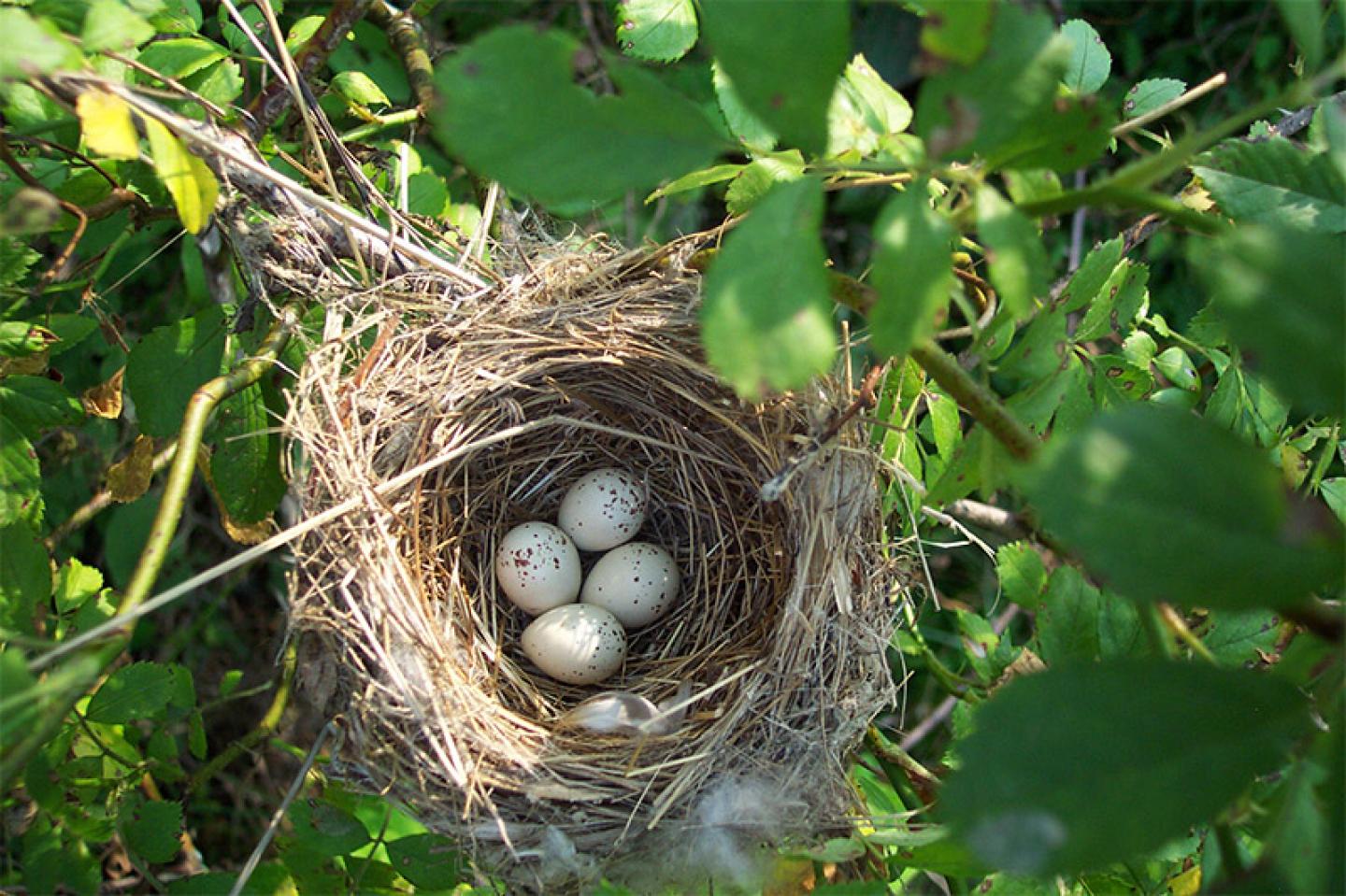
Through Working Lands for Wildlife (WLFW), NRCS works with private landowners to implement conservation practices that improve habitat for the Southwestern Willow Flycatcher while also boosting working lands operations.
On This Page
FY-24 Ranking Information
About the SW Flycatcher Initiative
WLFW is designed to maintain profitable food and fiber production on private lands while also benefiting habitat for important wildlife populations. Private lands are essential for providing habitat for nearly two-thirds of all species listed as threatened or endangered under the Endangered Species Act (ESA).
WLFW--funded through EQIP--uses a voluntary, innovative approach with farmers, ranchers and forest managers to benefit high-priority habitat for seven species of wildlife that are declining, candidates for listing or listed under the ESA. Through WLFW, USDA’s Natural Resources Conservation Service (NRCS) works with producers to create and improve wildlife habitat with regulatory predictability from the U.S. Fish and Wildlife Service (USFWS).
In Colorado, the Southwestern Willow Flycatcher resides in riparian areas along rivers and streams in the southwestern counties of Alamosa, Archuleta, Conejos, Costilla, La Plata, Mineral, and Rio Grande. This bird has been on the endangered species list since 1995.

The SW Flycatcher is a small migratory bird that lives along rivers and streams in the Southwest. It is an endangered species, suffering from a decrease in riparian habitat the birds call home.
Water diversion, groundwater pumping, unmanaged grazing and invasive plants have diminished the riparian habitat. The bird relies on surface water and moist soils from May through July for raising young. As part of ongoing efforts to recover the bird, NRCS has worked with the U.S. Fish and Wildlife Service (FWS) to expand conservation work throughout riparian zones in the arid Southwest, including Arizona, California, Colorado, New Mexico, Nevada and Utah.
Ready to get started?
Contact your local service center to start your application.
How to Get Assistance
Do you farm or ranch and want to make improvements to the land that you own or lease?
Natural Resources Conservation Service offers technical and financial assistance to help farmers, ranchers and forest landowners.

To get started with NRCS, we recommend you stop by your local NRCS field office. We’ll discuss your vision for your land.
NRCS provides landowners with free technical assistance, or advice, for their land. Common technical assistance includes: resource assessment, practice design and resource monitoring. Your conservation planner will help you determine if financial assistance is right for you.
We’ll walk you through the application process. To get started on applying for financial assistance, we’ll work with you:
- To fill out an AD 1026, which ensures a conservation plan is in place before lands with highly erodible soils are farmed. It also ensures that identified wetland areas are protected.
- To meet other eligibility certifications.
Once complete, we’ll work with you on the application, or CPA 1200.
Applications for most programs are accepted on a continuous basis, but they’re considered for funding in different ranking periods. Be sure to ask your local NRCS district conservationist about the deadline for the ranking period to ensure you turn in your application in time.
As part of the application process, we’ll check to see if you are eligible. To do this, you’ll need to bring:
- An official tax ID (Social Security number or an employer ID)
- A property deed or lease agreement to show you have control of the property; and
- A farm number.
If you don’t have a farm number, you can get one from USDA’s Farm Service Agency. Typically, the local FSA office is located in the same building as the local NRCS office. You only need a farm number if you’re interested in financial assistance.
NRCS will take a look at the applications and rank them according to local resource concerns, the amount of conservation benefits the work will provide and the needs of applicants. View Application Ranking Dates by State.
If you’re selected, you can choose whether to sign the contract for the work to be done.
Once you sign the contract, you’ll be provided standards and specifications for completing the practice or practices, and then you will have a specified amount of time to implement. Once the work is implemented and inspected, you’ll be paid the rate of compensation for the work if it meets NRCS standards and specifications.

